On mars, nasa’s perseverance mars rover
Category: space – Page 777

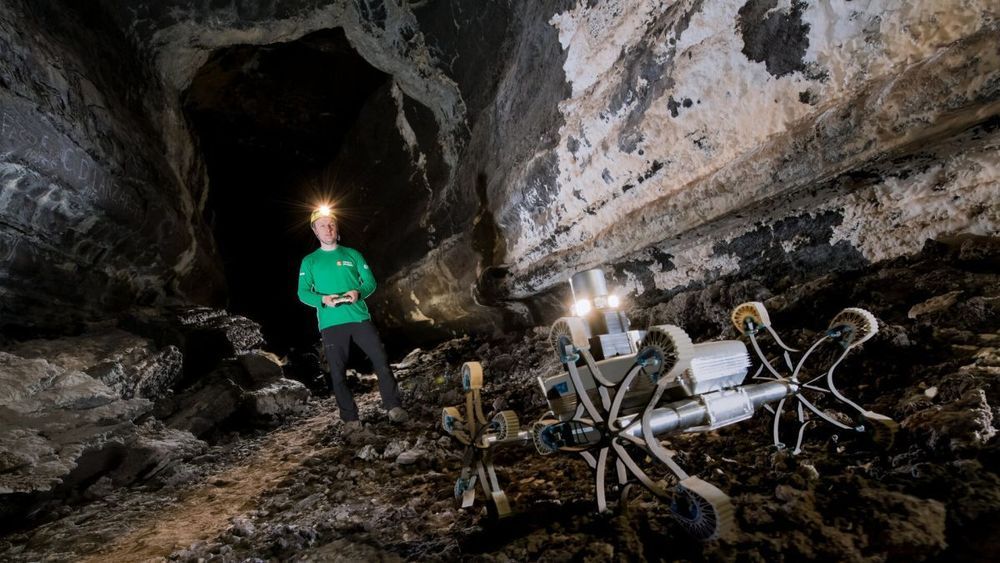
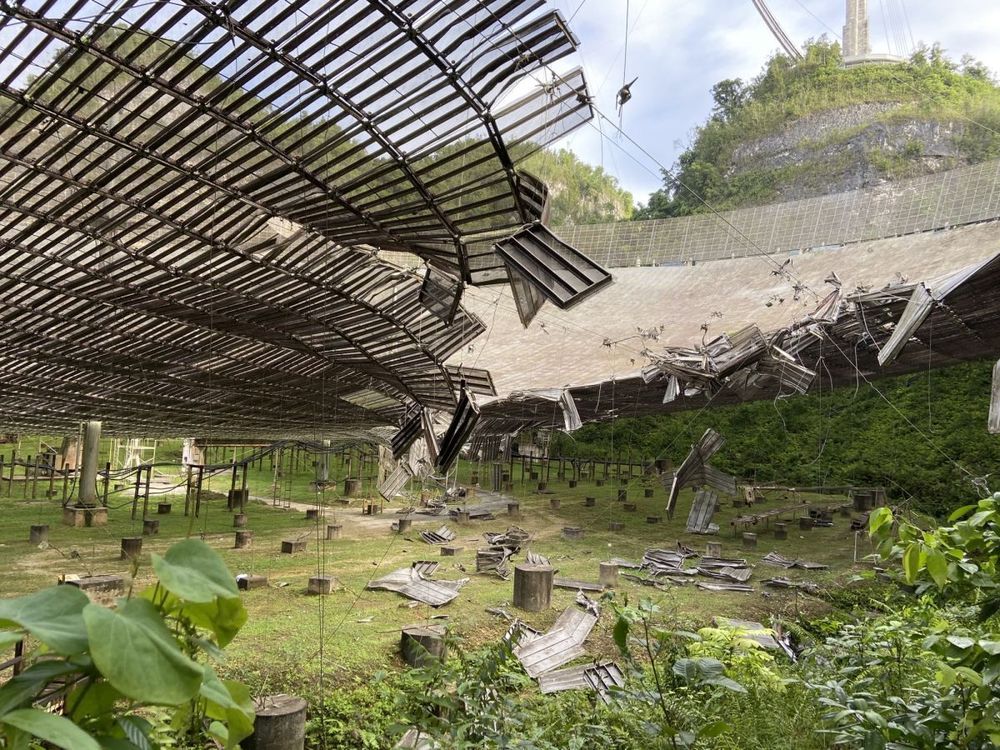

NASA’s MAVEN Observes Martian Night Sky Pulsing in Ultraviolet Light
It’s not a strobe light at a nightclub, but data from our MAVEN spacecraft reveal that the Martian sky pulses in ultraviolet light at night. The results are bein… See More.
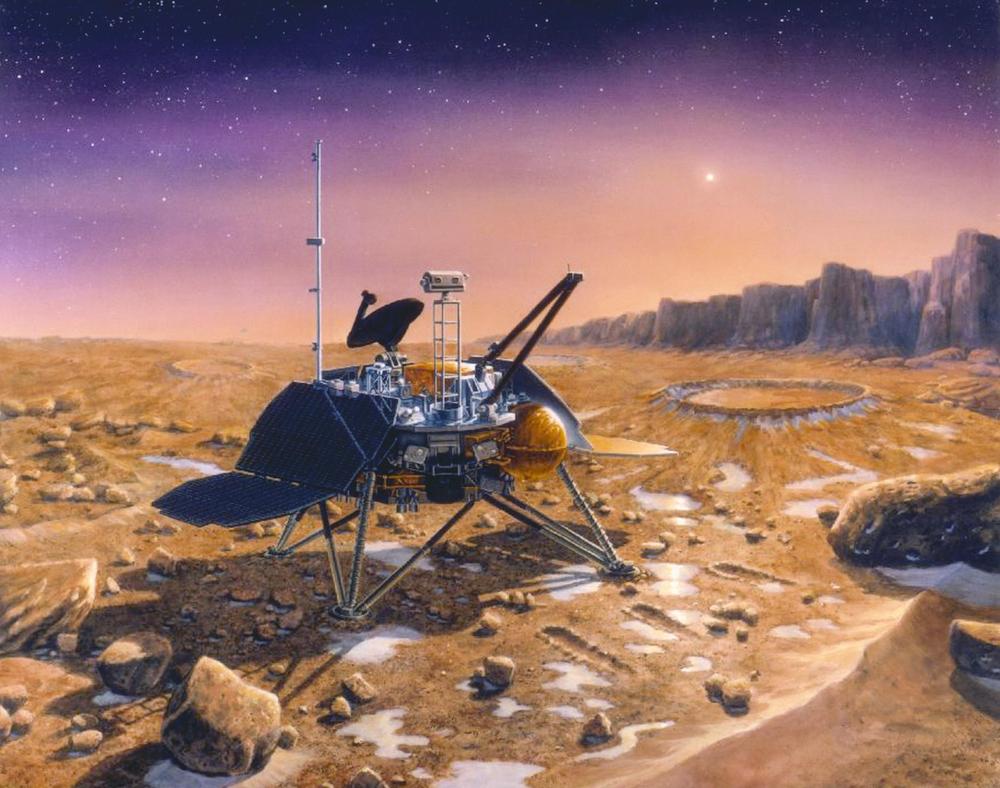
Sorry, Despite Decades Of Exploration, Mars Remains Almost A Total Mystery
A recent column in The Atlantic magazine, “The Most Overhyped Planet in the Galaxy” implored the research community to expand its robotic exploration horizons beyond Mars. But despite arguments for rethinking what the article’s author, Marina Koren, terms the U.S.’ scientific “Mars monopoly” in favor of some of our solar system’s less-visited outer moons, scientific understanding of the Red Planet is arguably still decades away.
Rest assured, Mars should and will remain a scientific Valhalla for decades to come.
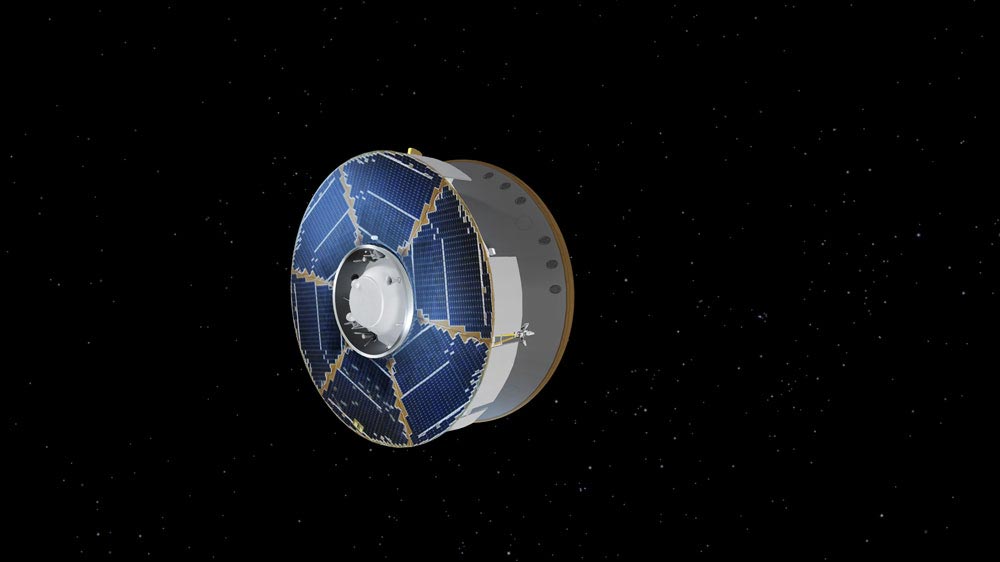
NASA’s Ingenuity Mars Helicopter Powered Up for the First Time in Interplanetary Space
Headed to the Red Planet with the Perseverance rover, the pioneering helicopter is powered up for the first time in interplanetary space as part of a systems check.
NASAs Ingenuity Mars Helicopter received a checkout and recharge of its power system on Friday, August 7, one week into its near seven-month journey to Mars with the Perseverance rover. This marks the first time the helicopter has been powered up and its batteries have been charged in the space environment.
During the eight-hour operation, the performance of the rotorcraft’s six lithium-ion batteries was analyzed as the team brought their charge level up to 35%. The project has determined a low charge state is optimal for battery health during the cruise to Mars.
Life on Space Station
See More
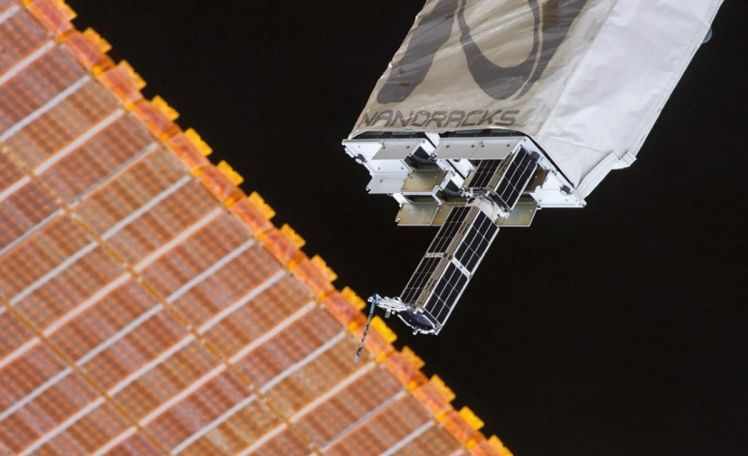
Commercialising space exploration and development
When Nanoracks was created a decade ago it became the first company in the world to own and market its own hardware on the International Space Station. In doing so it faced a number of philosophical challenges, in particular because the notion of a private company wanting to own research hardware, market the results and set its own prices was something of an alien concept for NASA at the time. Here, in an article based on his presentation at the Asgardia Space Science & Investment Conference (ASIC) in October, CEO Jeff Manber reflects on the company’s pioneering commercial journey and looks at challenges that lie in the future.
The business model of Nanoracks has essentially been to grow, not through increasing investment but by building increasingly more complex hardware. I like to think that we’re not actually in the hardware business but, in reality, we are — and it’s where we have found a niche in the market.
Ten years ago, when we started with Nanolabs, it was the first time that miniature (10 × 10 × 10 cm) space laboratories had been standardised. I made a decision right at the start not to patent the Nanolab and its power frame because I wanted to create an ecosystem. Today, we are competing with ICE Cubes (a public-private partnership between the European Space Agency (ESA) and Belgium-based Space Applications Services) and Space Tango (a Kentucky, USA-based company that builds research and manufacturing systems into compact smart containers, called CubeLabs, installed in hubs on the International Space Station (ISS). We want to see the market develop and so, as much as possible, we try not to patent. However, at the same time, we believe we’ll be better at getting the customers and building the market.